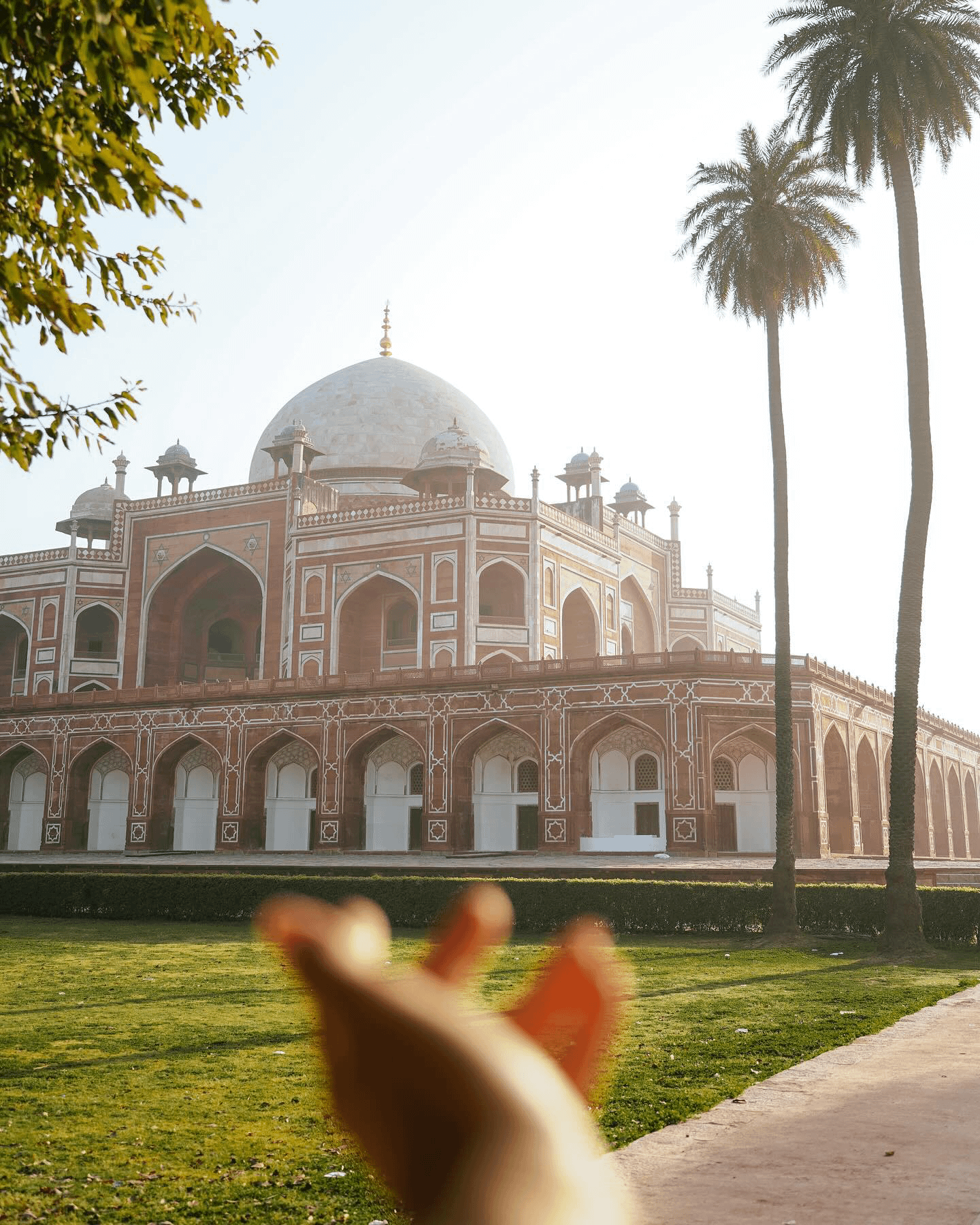[ad_1]

Humayun’s Tomb in Delhi is a magnificent mausoleum built in the mid-16th century for the Mughal Emperor Humayun. It is considered a precursor to the famous Taj Mahal and is one of the best-preserved Mughal monuments in India. The tomb is located in a large charbagh (four quadrant) garden, typical of Mughal garden design, and features stunning Persian-inspired architecture.
Built by Humayun’s widow, Empress Bega Begum, the tomb is a fine example of early Mughal architecture with its red sandstone and white marble construction. The main tomb chamber houses the cenotaph of Humayun, while his actual grave is in a crypt below. The intricate decorations, including elaborate carvings, geometric patterns, and calligraphy, showcase the skilled craftsmanship of the Mughal artisans.
Surrounded by other tombs and mausoleums, Humayun’s Tomb is part of a larger complex that also includes a mosque, a guesthouse, and a Mughal garden. The site has been designated as a UNESCO World Heritage Site and is a popular tourist destination in Delhi. Visitors can explore the serene gardens, admire the stunning architecture, and learn about the rich history of the Mughal Empire.
Overall, Humayun’s Tomb is a must-visit for anyone interested in Mughal history and architecture. Its grandeur, beauty, and historical significance make it a truly remarkable landmark in Delhi.
